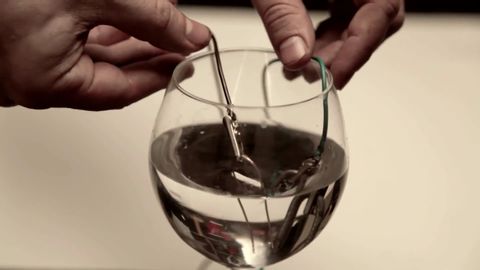
Subtitles & vocabulary
The Battery & Electromagnetism (Language of Coins: 7/16)
00
Olivia Lo posted on 2013/07/26Save
Video vocabulary
message
US /ˈmɛsɪdʒ/
・
UK /'mesɪdʒ/
- Noun (Countable/Uncountable)
- Main idea or theme in a story, book, or film
- Piece of information that is told/given to someone
- Transitive Verb
- To communicate using text
A2TOEIC
More fast
US /fæst/
・
UK /fɑ:st/
- Adjective
- In a way that is difficult to move or change
- Moving or able to move quickly
- Noun
- Period of time when a person chooses not to eat
A1
More travel
US /ˈtrævəl/
・
UK /ˈtrævl/
- Intransitive Verb
- To go to a place that is far away
- To move or be transmitted.
- Noun (Countable/Uncountable)
- Going to other places, esp. distant places
- The distance covered in a journey.
A1TOEIC
More Use Energy
Unlock All Vocabulary
Unlock pronunciation, explanations, and filters
